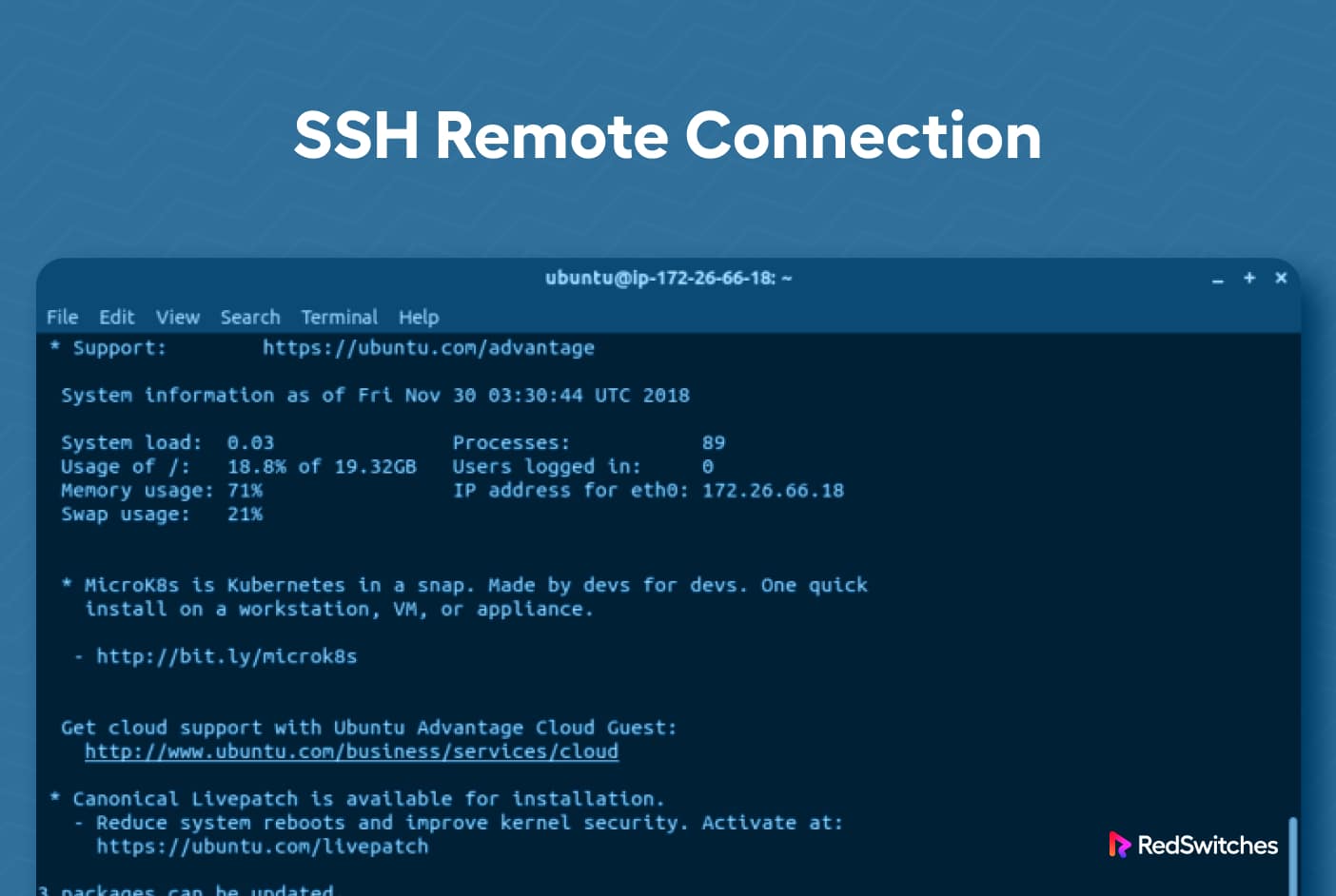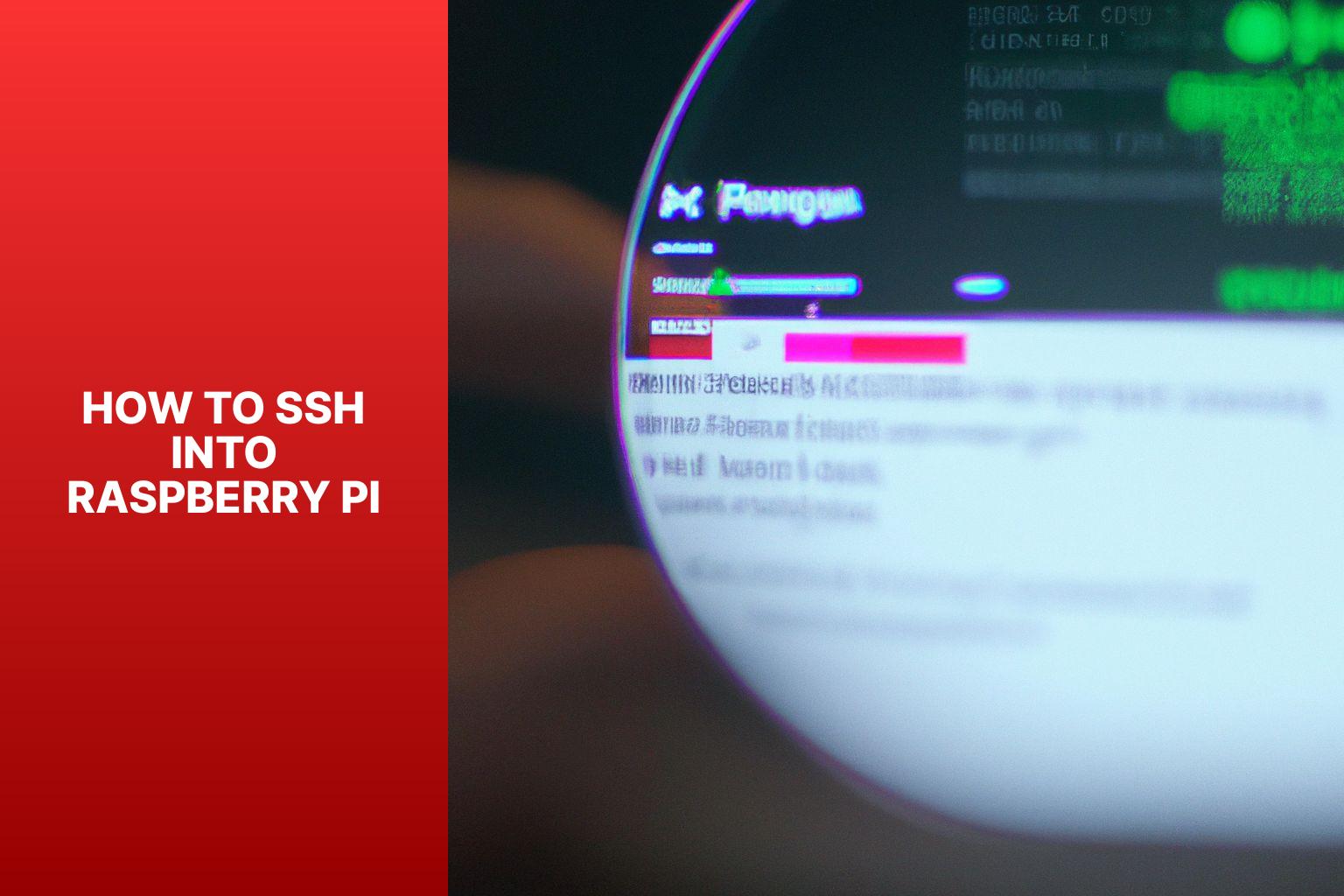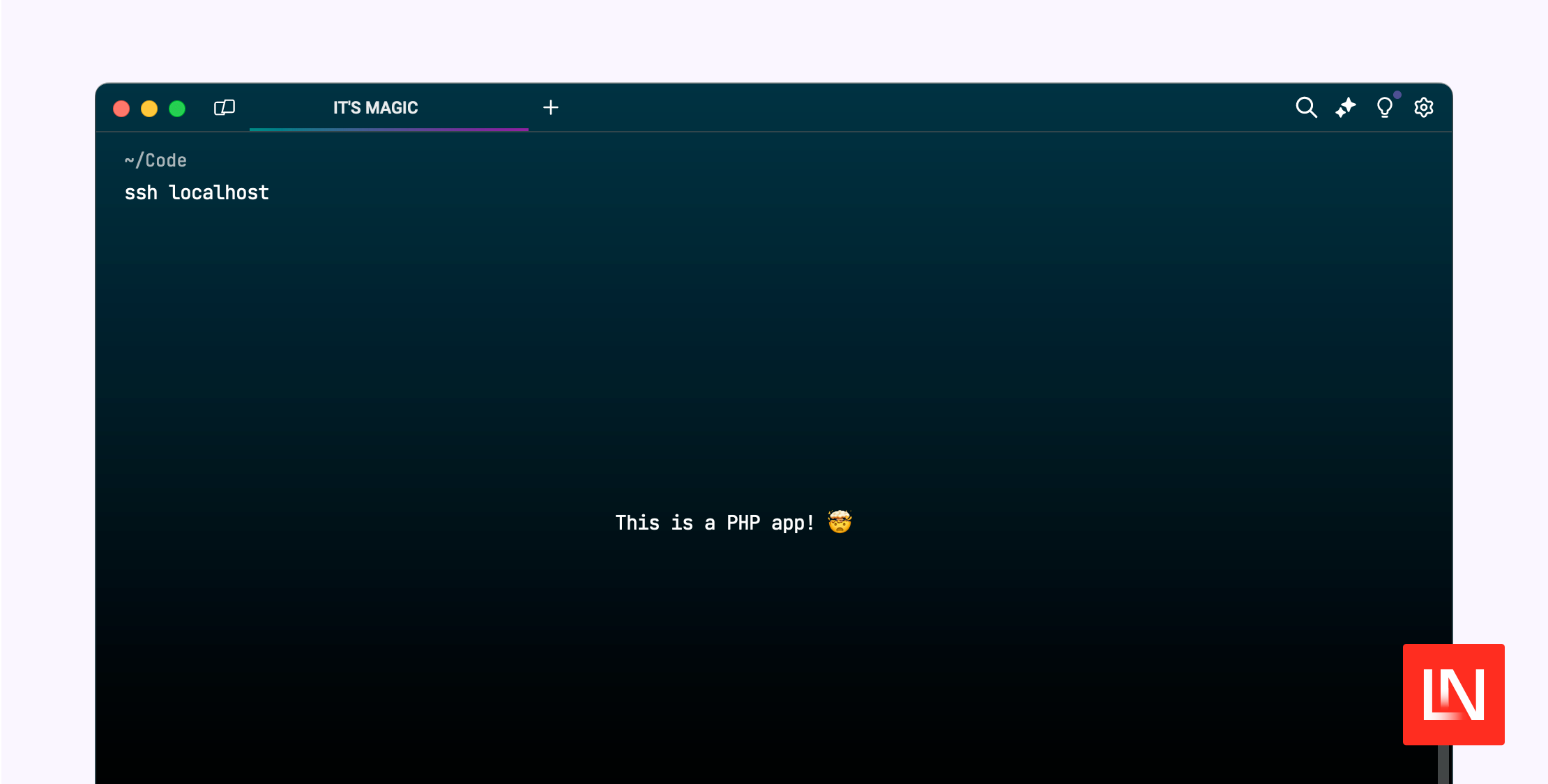Table of Contents
- Making Remote IoT Devices Chat Safely
- Why Do Your Remote Devices Need to Talk Directly?
- How Can Remote IoT Devices Securely Connect P2P?
- What Happens if Data Gets Snooped On?
- Are Firmware Updates for Remote IoT Devices Safe?
- Why Are TLS Security Settings So Important for Securely Connect Remote IoT P2P?
- How Can Companies Securely Share IoT Data?
- What Are Some Next Steps for Securely Connect Remote IoT P2P?
Making Remote IoT Devices Chat Safely
Imagine your smart devices, far away from home, needing to share important information with each other, or with a central system. This isn't just about sending a quick message; it's about making sure those conversations stay private and protected. Think about all the little gadgets out there, like sensors in a field or equipment in a distant factory, that gather valuable details. They often need to send what they find directly, without going through a big, central server for every single piece of communication. This direct chat, or peer-to-peer connection, is quite important for how these remote IoT things work, and keeping it safe is, you know, a very big deal.
When we talk about devices linking up this way, it’s a bit like two people having a very private chat, where only they can hear what's being said. If these remote IoT gadgets are handling anything that could be sensitive, like readings from a power grid or personal health details from a wearable, then making sure their connection is totally private becomes a top concern. We want to avoid any situation where someone unwelcome could listen in or, say, mess with the information being sent. This is why figuring out how to securely connect remote IoT P2P is a subject that gets a lot of attention, and for good reason.
This idea of direct, safe connections for faraway devices is something many people are thinking about. It helps these gadgets work better, react faster, and even saves on resources by not always needing a middleman server. But, you know, with that closeness comes the need for extra care. Just like you wouldn't want your private financial papers floating around for anyone to see, as mentioned in some of the concerns people have with sharing sensitive files, your remote IoT devices need that same kind of careful handling when they communicate directly. We'll look at how this all works and some ways to make sure those connections are as sound as can be.
Why Do Your Remote Devices Need to Talk Directly?
Sometimes, devices need to talk to each other without a lot of fuss or extra steps. This direct way of talking, what we call peer-to-peer, can make things happen a lot quicker. For remote IoT setups, this speed can be really useful. Imagine a bunch of sensors in a far-off place, like a farm or a construction site. If one sensor spots something important, it might need to tell another device right away, perhaps to trigger an action or adjust a setting. Going through a central server for every single message can add delays, which, you know, might not be ideal when time is of the essence.
Another reason for this direct talk is efficiency. Sending data to a central point and then back out to another device can use up a lot of network resources and even cost more. If two devices are close by, or if they need to exchange a lot of information constantly, having them chat directly just makes more sense. It's a bit like two neighbors talking over the fence instead of sending letters through the post office for every little thing. This can be especially true for keeping your remote IoT P2P connections running smoothly.
Also, direct connections can sometimes keep things working even if the main internet connection goes down. If devices can still communicate with each other locally, they might be able to keep doing their basic jobs. This is a pretty big deal for devices in places where internet service isn't always dependable. So, while a central server has its place, allowing devices to securely connect remote IoT P2P offers some real benefits for how they operate and stay connected, even when things get a little tricky.
- How To Connect Ssh Iot Device Over Internet Using Windows Free
- Katherine Kady Allen
- Web Ssh Raspberry Pi Download
- Lion Guard Cast
- Nairobi Time
How Can Remote IoT Devices Securely Connect P2P?
Making sure these direct device conversations are safe is a multi-part effort. One key part is making sure that only the right devices can even start talking to each other. This often means using special digital IDs, kind of like a secret handshake, that each device needs to show before it can join the chat. This helps to make sure that any device trying to connect is actually supposed to be there. It's a first step in how we securely connect remote IoT P2P.
Once they're talking, the actual messages need to be scrambled up so that if anyone else were to listen in, they'd just hear gibberish. This is called encryption, and it’s a very important tool for keeping information private. It means that even if someone manages to intercept the data, they won't be able to make any sense of it without the correct key to unscramble it. This is similar to how people want to securely upload financial documents; the data needs to be unreadable to anyone but the intended recipient.
Then there's the ongoing check to make sure the connection stays safe. This involves constantly verifying that the devices are still who they say they are and that the data hasn't been messed with along the way. It's a bit like having a security guard always on duty, making sure everything is in order. Using methods that prevent tampering and confirm identity are big parts of how to securely connect remote IoT P2P, making sure the integrity of the information is maintained from one device to the next, which is, you know, pretty essential.
What Happens if Data Gets Snooped On?
When data from your remote IoT devices isn't kept private, a lot of bad things can happen. If someone can listen in on the information being sent, they might learn things they shouldn't. For example, if a sensor is reporting temperature readings in a sensitive area, an outsider could figure out patterns or details that give them an unfair advantage or even allow them to cause harm. This is a big worry when we talk about how to securely connect remote IoT P2P, because direct connections mean there's less central oversight, in a way.
Beyond just listening, an unwelcome party might even try to change the data as it's being sent. Imagine a system that controls a water pump based on soil moisture. If someone alters the moisture reading, the pump might turn on or off at the wrong time, leading to wasted water or damaged crops. This kind of data tampering can cause real-world problems, and it’s a significant risk if the connections aren't properly guarded. It's like those concerns people have about browsers blocking downloads; if the source isn't trusted, or the file isn't verified, there's a risk of something bad getting through.
And it's not just about what's being sent; it's also about who is sending it. If an attacker can pretend to be one of your devices, they could send false commands or inject bad information into your system. This could lead to equipment damage, incorrect operations, or even a complete shutdown. So, making sure that every piece of information and every command comes from a trusted source is a really important part of keeping your remote IoT P2P setup safe and sound, you know, from all sorts of trouble.
Are Firmware Updates for Remote IoT Devices Safe?
Updating the software, or firmware, on remote IoT devices is something that has to be done carefully. Just like when a browser blocks a file download because it might be unsafe, as some people have found with certain `.exe` files, devices need to be sure that the update they're getting is the real deal.
Related Resources:



Detail Author:
- Name : Helga Sawayn
- Username : lonny.bayer
- Email : vandervort.marcus@yahoo.com
- Birthdate : 1987-04-06
- Address : 4019 Jenifer Port West Lon, MA 62427
- Phone : +1-412-320-7850
- Company : Ebert-Gorczany
- Job : Telecommunications Facility Examiner
- Bio : Aperiam quia modi error aliquam quo. Tenetur asperiores sit non incidunt voluptas. Ea id nihil qui facere maxime quia itaque fugiat.
Socials
instagram:
- url : https://instagram.com/gilda1338
- username : gilda1338
- bio : Quam illo sed atque. Illum recusandae omnis eum voluptatem quo quae sint.
- followers : 4974
- following : 2117
facebook:
- url : https://facebook.com/gilda.zulauf
- username : gilda.zulauf
- bio : Quis nostrum est beatae quos eveniet ex accusamus.
- followers : 1973
- following : 2280